Mozambique: At least two Naparamas killed in Angoche - AIM report
Mozambique: More than 3 weeks with no AdRN water supply for Carrupeia – Ikweli
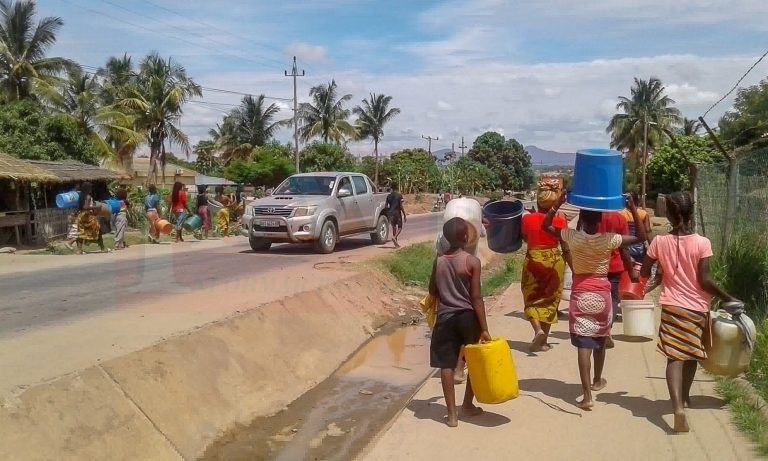
Image: Ikweli
Nampula’s Carrupeia neighbourhood, one of those most vulnerable to cholera in that district, has been without public network water for three weeks. Águas da Região do Norte (AdRN), the entity that manages the supply system, is unable to provide water to local residents.
To meet their needs, the residents of Carrupeia are forced to walk long distances to find water for human consumption.
Resident in the well-known Sualehe Abacar area, Eufrásia Lucas confirms that three weeks has gone by with no water in the taps. As a consequence, Eufrásia has to resort to the Corroro River, about four kilometres away.
“There is no water in my house or throughout this neighbourhood,” she says, “and we have been without water in the taps for three weeks. The situation is distressing to everyone, since without water there is no life. And certain neighbourhoods are privileged.”
Ismael Ussene, another resident, said that the interruption of the AdRN water supply is nothing new, which he says is not doing enough to rectify the situation.
“The problem is not new and we have complained frequently, but nothing is done to reverse the situation. What leaves me confused is that this situation makes it difficult to understand whether FIPAG is in a peak period or a water crisis,” he elaborates.
Ancha Artur, a resident of the same area, says she has forgotten the day AdRN last supplied water, explaining: “I have already forgotten the day that water ran out in my house, but the invoices still arrive every month, and when we ask where the readings are taken from to issue the invoices, the AdRN technician responsible for distributing the invoice simply falls silent.”
Ancha added that the response has been that, “the person responsible for opening the valves to allow water to flow does not open them correctly in order to privilege the area in question and ends up harming residents living in this area”.
Augusto Conte, head of a residential unit in Carrupeia, says he is tired of going to AdRN to express concern, and was repeatedly told that “technicians will solve the problem”, but so far there has been no improvement.
The community leader also revealed that he had experienced recurring illnesses such as stomach aches, diarrhoea and cholera as a result of drinking water from the Corroro river.
The AdRN’s Letifício Varivano explained that the mapping of critical areas had been carried out, including the area in question, and that work to improve the network was underway.
“When we operate the area on Rua da França, then we can also cover the area in question, although FIPAG is facing great difficulty in terms of water supply, because we are in a dry period,” he said.
“Currently, our dam is no longer able to produce a sufficient quantity to supply water to all customers satisfactorily,” Varivano further explained. “FIPAG has a daily supply plan whereby we choose neighbourhoods and water release times; there are no privileged neighbourhoods. It is known to everyone that there are two neighbourhoods in the city of Nampula: the ‘cement’, which is the city centre, and the industrial zone and the areas in the neighbourhoods. When our station operates smoothly in the early hours of the morning, we direct water to the cement district, and in the afternoon we supply water to the industrial areas surrounding the city.”



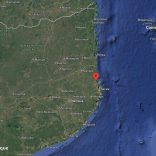

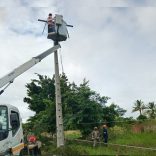
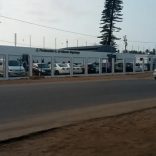
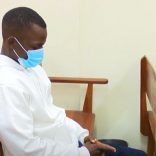




Leave a Reply
Be the First to Comment!
You must be logged in to post a comment.
You must be logged in to post a comment.